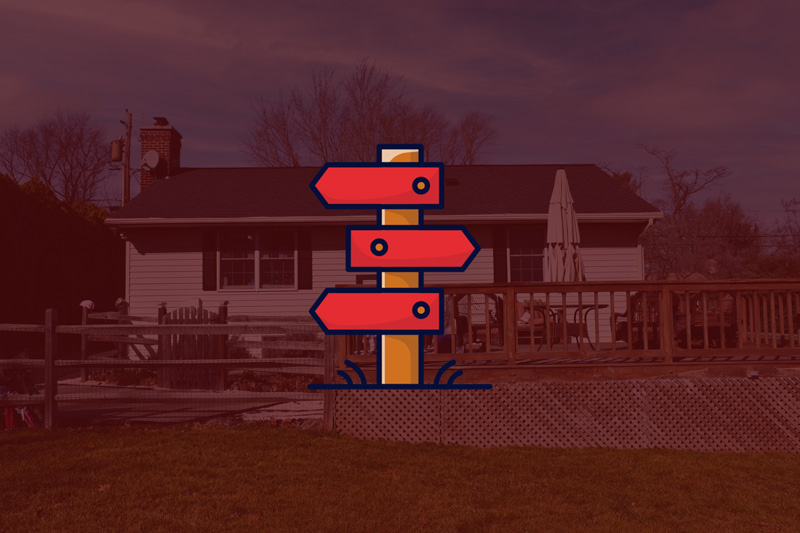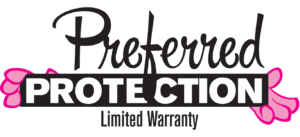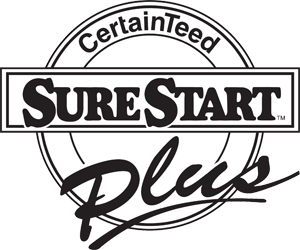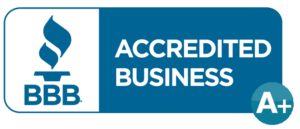Is Mold From a Leaky Roof Dangerous?

Risks of Mold from a Leaky Roof
Is Mold From a Leaky Roof Dangerous? If you have a leaky roof, it can create a perfect environment for mold growth. Water can seep into your walls and ceilings, and it can create a damp and warm environment that mold spores can thrive in. The longer the leak goes unaddressed, the higher the risk of mold growth.Mold spores become problematic only when they settle in damp places, like a roof that leaks, and their impact on the people living in the affected premises may differ.

Understanding Mold
Mold is a type of fungus that grows in damp and warm environments. It can develop indoors and outdoors, and it can spread quickly if not addressed promptly. Mold spores can be present in the air, and they can enter your home through open windows, doors, and ventilation systems. Once they find a damp surface, they can start to grow and spread.
How Does Mold Develop?
Mold can develop in any area of your home that has moisture, including bathrooms, kitchens, basements, and crawl spaces. It can also develop on walls, ceilings, and floors if there is a leaky roof or plumbing issue. Mold can grow on any surface, including wood, drywall, and carpet.

Health Effects of Mold Exposure
Exposure to mold can have various negative effects on your health, including:
- Allergic reactions
- Respiratory problems
- Skin irritation
- Headaches
- Fatigue
- Irritation of the eyes, nose, and throat
The severity of these symptoms can depend on the type of mold and the duration of exposure.

Signs of Mold Growth
Some of the most common signs of mold growth include:
- A musty odor
- Discoloration on walls or ceilings
- Peeling or bubbling paint or wallpaper
- Visible mold growth on surfaces
- Water stains on walls or ceilings

Preventing Mold Growth from a Leaky Roof
The best way to prevent mold growth from a leaky roof is to address the leak as soon as possible. You should also check your roof regularly for signs of damage or wear and tear. Other tips for preventing mold growth include:
- Keeping your home well-ventilated
- Using a dehumidifier in damp areas
- Fixing plumbing leaks promptly
- Cleaning up spills and moisture immediately
- Using mold-resistant paint and building materials
Mold Removal Process
The mold removal process typically involves the following steps:

Insurance
If you have mold growth in your home from a leaky roof, you may be wondering if your homeowner’s insurance will cover the cost of mold remediation. The answer depends on the cause of the mold growth and your specific insurance policy. Some insurance policies may cover mold remediation if it’s caused by a covered peril, such as a burst pipe or a storm. However, many policies exclude coverage for mold remediation.
DIY vs. Professional Mold Removal
While you may be tempted to try to remove mold yourself to save money, it’s essential to consider the risks. DIY mold removal can be dangerous and can spread the mold to other areas of your home. Professional mold remediation companies have the equipment, training, and experience to safely remove mold and prevent further spread.

Common Myths About Mold
There are many myths and misconceptions about mold, including:
- Bleach kills mold: Bleach can kill some types of mold on non-porous surfaces, but it’s not effective on porous surfaces and can actually make the problem worse.
- Mold is only a problem for people with allergies: While people with allergies may be more sensitive to mold, exposure to mold can have negative health effects on anyone.
- You can remove mold with vinegar: While vinegar can be effective at removing some types of mold, it’s not effective on all types and may not completely eliminate the problem.
Read More of Our Articles
Mold growth from a leaky roof can be dangerous and can have negative effects on your health and property. It’s essential to address any leaks or water damage promptly and to hire a professional mold remediation company if you suspect mold growth in your home. By taking steps to prevent mold growth and addressing it promptly, you can keep your home safe and healthy.
Please Share!











